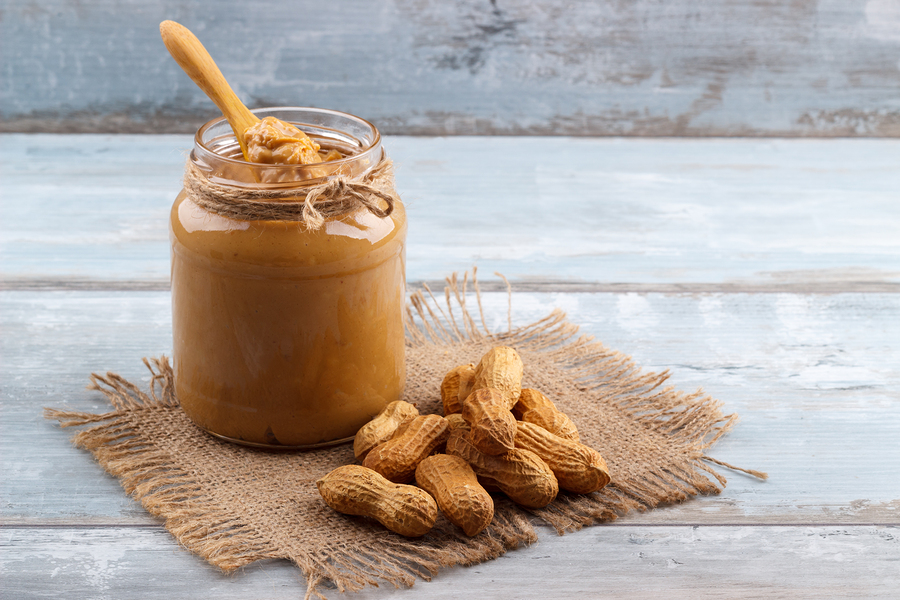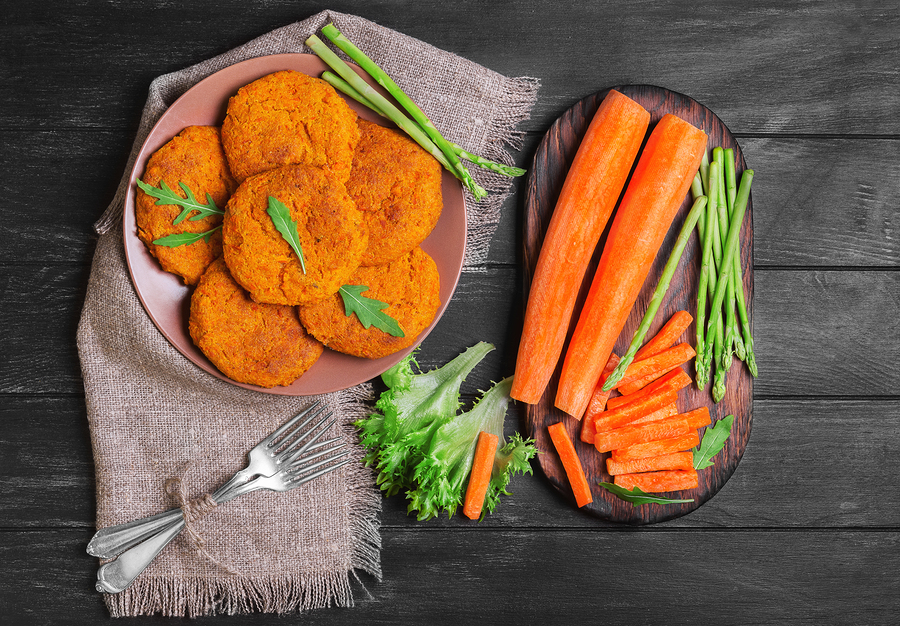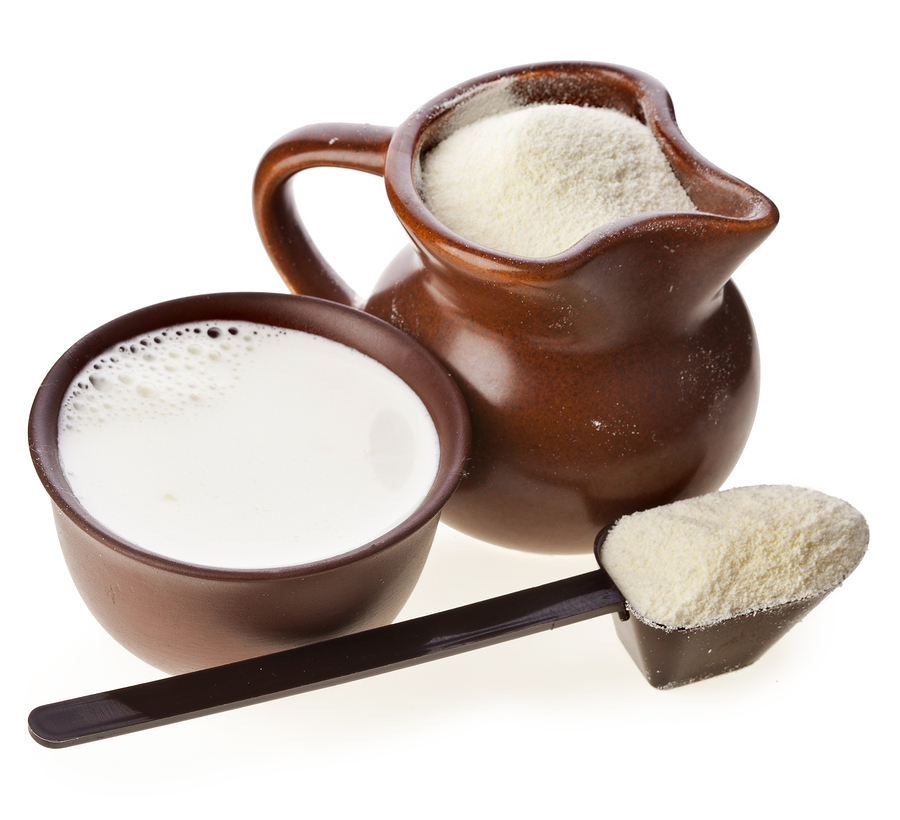- Make It Yourself Lavender Heart-Shaped Bath Bombs!
- 20 Things You Never Knew About “Down There”
- 12 Best Foods For Those Suffering From Arthritis Pain
- 12 Personal Hygiene Mistakes Almost Everyone Makes (Mom Never Told You About #4!)
- 15 Medicinal Plants And Herbs From The Cherokee People
- 12 Mind-Blowing Benefits Of Drinking Coconut Water During Pregnancy
- 12 Outstanding Winter Foods That Won’t Fatten You Up Like A Christmas Turkey
Entertaining Facts About 5 Very Common Products You Didn’t Know
There are many things we come across every day and we believe we know everything about them, but this is not always true. In fact, we do not know all about certain things which have been a part of our daily lives since we have been using them the way we ought. And unless we educate ourselves more, we won’t know many things. This writing will randomly reveal the facts you probably didn’t know about some products.
1. PEANUTS
This nut is really loved in the States, as it was reported by the National Peanuts Board. Peanut butter is consumed in about 94% of Americans home.
Facts:
- Peanuts are not nuts because they are legumes that grow under the ground unlike real nuts like hazelnuts and chestnuts that grow on trees.
- It takes about 540 individual peanut to make 12 oz. jar of peanut butter
- An acre of peanuts will create 30,000 peanut butter sandwiches.
- They contain nutrients and minerals and are rich in antioxidants, and they are a good source of protein.
- Peanuts shells have variety of uses, as it has been known to make compost, kindle, and kitty litter.
- Peanuts are of four different types.
- It has been used to save lives in emergency situations like malnutrition.
RELATED: Don’t Buy It – Make Your Own! 8 Easy Homemade Peanut Butter Recipes
Continue to Page 2
2. CARROT
This is a root vegetable that is very nutritious, as some of its health benefits include lowering of cholesterol, prevention of heart attacks, improving of the eyesight, prevention of some cancers amongst others.
Facts:
- Carrots were first grown and cultivated in Afghanistan dating back to 900AD.
- Carrots have many colors, and it is not limited to orange color alone. There are also white, yellow, and purple colored carrots.
- Cooking carrots is better than eating raw carrots because cooking aids more release of carotene.
- Carrot has the richest source of beta carotene.
- Carrots have seed which can be harvested from the tiny white flowers that grow from the ground.
- Carrots have about four types of sugar in them which are sucrose, glucose, fructose, and xylose.
RELATED: Why A Twinkie Is Cheaper Than A Carrot Video
Continue to Page 3
3. DECAFFEINATED COFFEE
This coffee has had the caffeine removed from the coffee beans by making sure that the concentration of caffeine is reduced close to 97%.
Facts:
- The amount of caffeine in a decaffeinated coffee is different.
- According to the National Coffee Association, one in ten coffee drinkers opt for decaffeinated coffee.
- Decaffeinated coffee is good for the liver; coffee drinkers do have lower level of four liver enzymes that can lead to inflammation and damage.
- Decaffeinated coffee can reduce the risk of having diabetes.
- Decaffeinated coffee might raise your cholesterol level.
- It helps in reducing the risk of getting prostate cancer.
- Decaffeinated coffee doesn’t mean the coffee is caffeine free, as drinking five to ten cups of decaffeinated coffee is equivalent to taking two cups of original coffee.
RELATED: Water, Coffee, Sugar…. Fatal Doses Of The Most Common Products
Continue to Page 4
4. SPINACH
This is an edible flowering plant native to central and western Asia whose leaves are eaten as a vegetable.
Facts:
- Spinach loses its nutritional value with each passing day, and it is best eaten fresh.
- It is a native plant of Persia which is the modern day Iran.
- Showing its origin, it is still vastly known in China as ‘‘Persian Green.’’
- It grows best in cool conditions like autumn and spring.
- Spinach leaves are mild laxative and mild diuretic.
- The United States is the second largest producer of spinach in the world with 3% production, while China is the largest with 85% world production.
RELATED: Top 5 Reasons To Munch More Green Vegetables (Not Only The Leafy Greens We Mean!)
Continue to Page 5
5. POWDERED MILK
This is a diary product that is manufactured by the process of evaporating liquid milk to dryness, and one main purpose for this is to dry the milk and increase its shelf-life.
Facts:
- Dried or powdered milk has a far longer shelf life that can reach up to 20 years.
- It doesn’t need refrigeration because of its low moisture content.
- The fats in dried milk are reduced compared to its liquid form.
- Bakeries use dried milk for making their products because of its high shelf life and easy transportation.
- It is cheaper and economical to use.
- The debut modern production for dried milk was produced by Russian physician Osip Krichevsky in 1802.
- The first commercial production was also master minded by a Russian chemist, M. Dirchoff in 1832.
References:





































